Cultural Odyssey Through Historic Kyoto
Experience a captivating free walking tour through Kyoto, where history and culture intertwine, revealing the city's rich past and stunning architecture.
Time
3 Hours
Stops
9 Places
Distance
3.9 km
Kiyomizu-dera
Begin your exploration of Kyoto's history and culture at the iconic Kiyomizu-dera, a UNESCO World Heritage site known for its stunning hillside views and historic wooden architecture.
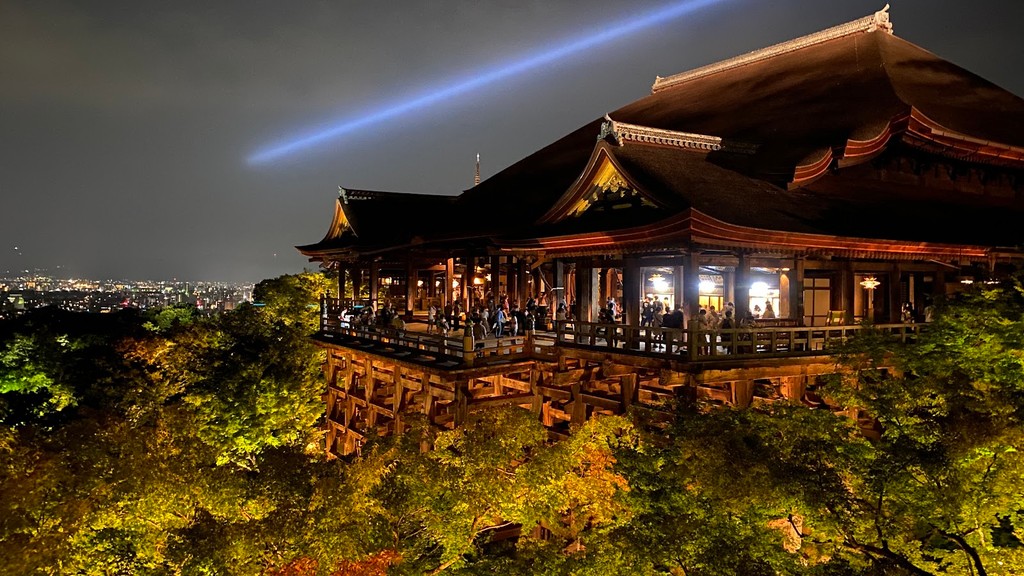
Kiyomizu-dera (Source: Google Maps)
Kiyomizu-dera, a UNESCO World Heritage site, is one of Kyoto's most celebrated temples, founded in 778. The temple is renowned for its wooden stage that juts out over the hillside, offering breathtaking views of cherry and maple trees that bloom in spring and fall. The name 'Kiyomizu' translates to 'clear water,' derived from the Otowa Waterfall that runs beneath the main hall. Visitors can sip from its streams, believed to grant health benefits. The temple's architecture is a stunning example of traditional Japanese wooden construction, with no nails used in its structure, showcasing the craftsmanship of the period. Kiyomizu-dera is not only a spiritual center but also a cultural icon, attracting millions of visitors annually.
Sannenzaka and Ninenzaka
Stroll through the charming, sloped streets of Sannenzaka and Ninenzaka, lined with traditional shops and teahouses, offering a glimpse into Kyoto's past.
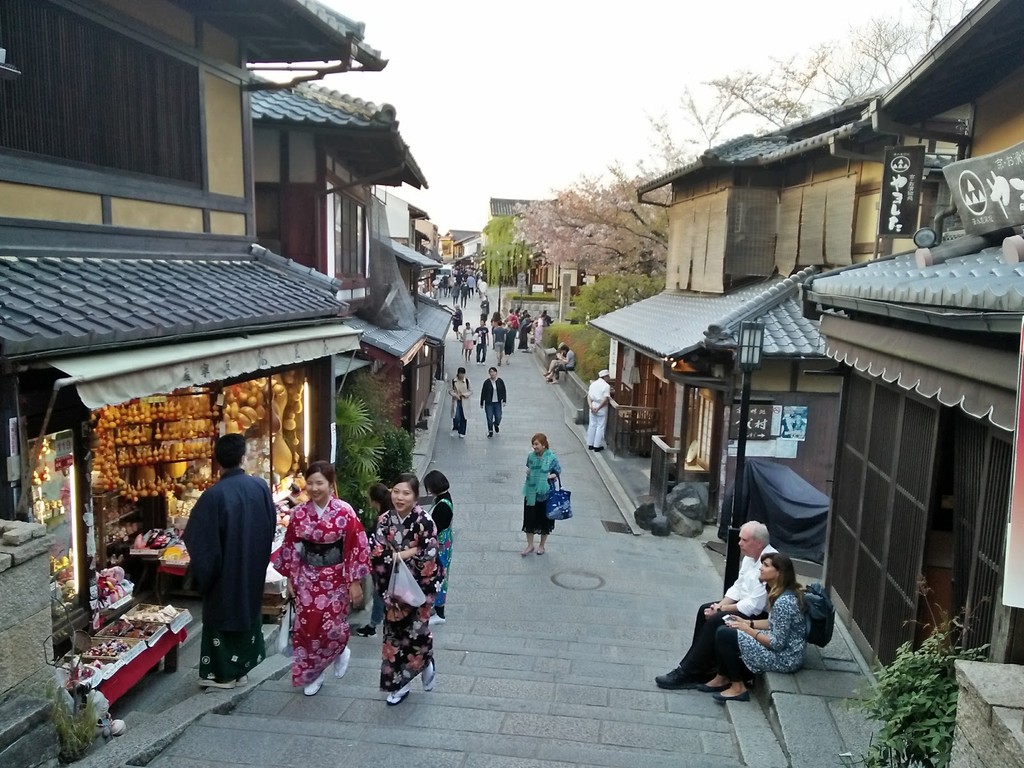
Sannenzaka and Ninenzaka (Source: Google Maps)
Sannenzaka and Ninenzaka are two picturesque, sloped streets that offer a glimpse into Kyoto's past. These ancient lanes are lined with traditional wooden machiya houses, teahouses, and shops selling local crafts and sweets. The names of the streets translate to 'three years slope' and 'two years slope,' referencing local folklore. As you stroll these charming paths, you'll feel transported back in time, especially when you spot a geisha or maiko passing by. The area retains its historic character and allows visitors to experience the traditional atmosphere of Kyoto. Both streets are popular spots for photos, particularly during cherry blossom season, when the delicate pink blooms frame the quaint architecture.
Kodai-ji Temple
Discover the serene beauty of Kodai-ji Temple, known for its exquisite gardens and historical significance, as it was established by the widow of Toyotomi Hideyoshi, a prominent figure in Japanese history.
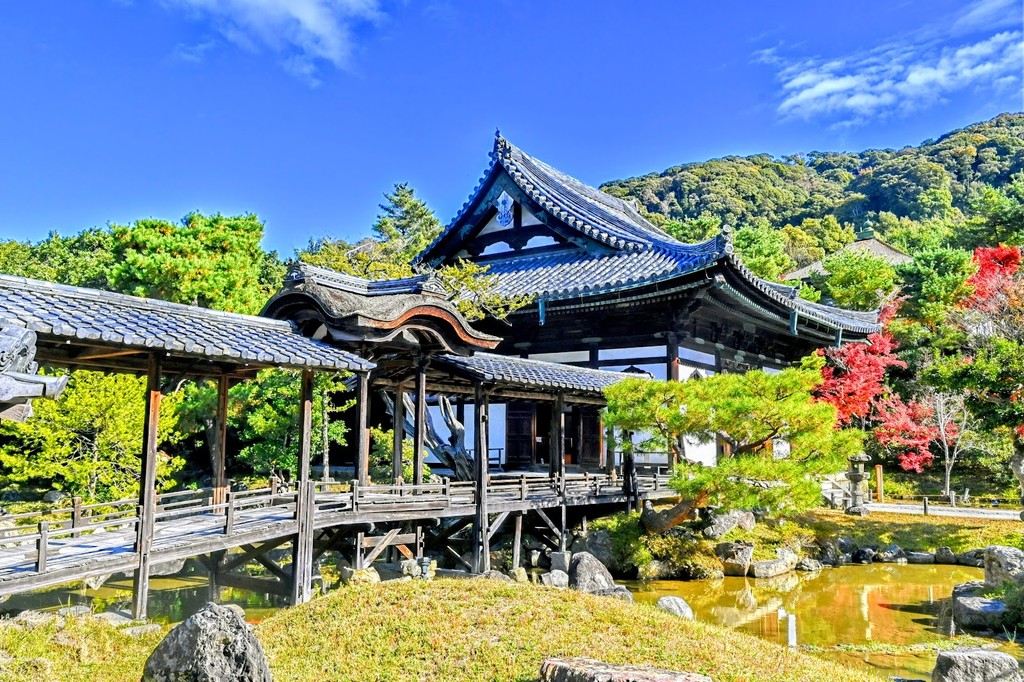
Kodai-ji Temple (Source: Google Maps)
Kodai-ji Temple, established in 1606 by the widow of Toyotomi Hideyoshi, is a significant cultural site in Kyoto. This Zen temple is known for its stunning gardens, which reflect the principles of Japanese landscape design. Visitors can appreciate the meticulously maintained rock gardens and the serene atmosphere that invites contemplation. The main hall, or Hōjō, features beautiful sliding doors adorned with intricate paintings. Kodai-ji also houses important cultural properties, including a collection of artifacts related to the samurai era. The temple is a testament to the artistic and spiritual heritage of Japan, making it a must-visit for those interested in history and culture.
Yasaka Shrine
Visit Yasaka Shrine, a vibrant and historic Shinto shrine located in the Gion district, famous for its annual Gion Matsuri festival.
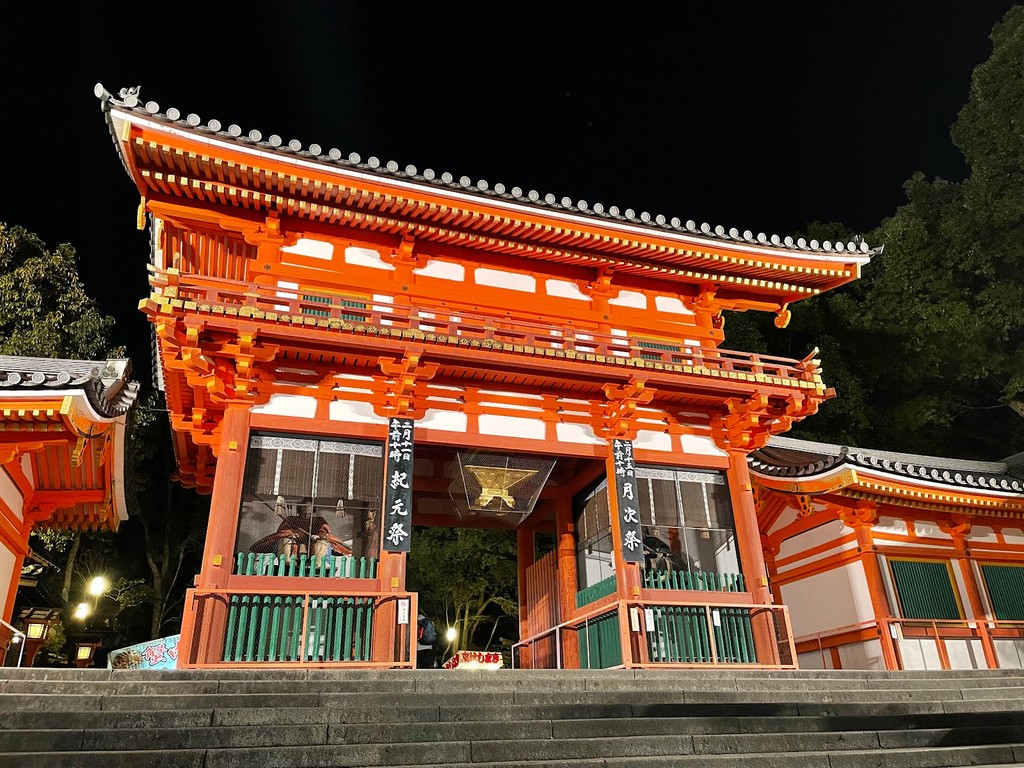
Yasaka Shrine (Source: Google Maps)
Yasaka Shrine, located in the vibrant Gion district, is one of Kyoto's most famous Shinto shrines, celebrated for its annual Gion Matsuri festival, one of Japan's largest and most famous festivals. The shrine dates back to the 7th century and is dedicated to the deity Susanoo-no-Mikoto. Its stunning architecture features a bright vermillion gate and an impressive main hall that showcases traditional Japanese design. Visitors can explore the beautiful grounds, participate in rituals, and enjoy the lively atmosphere, particularly during festival times when the area transforms with colorful floats and traditional performances. Yasaka Shrine plays a vital role in the cultural and spiritual life of Kyoto.
Gion District
Walk through the historic Gion District, Kyoto's famous geisha district, where traditional tea houses and the possibility of spotting a maiko or geiko add to the cultural experience.
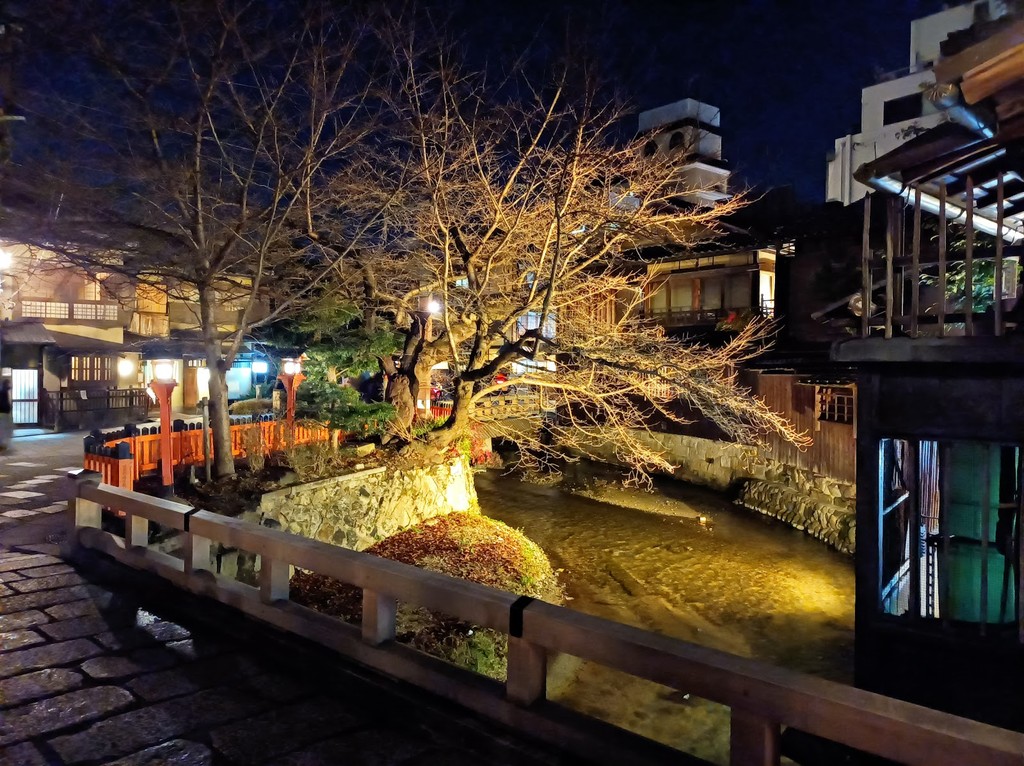
Gion District (Source: Google Maps)
Gion District is renowned as Kyoto's geisha district, where traditional wooden teahouses and narrow lantern-lit streets create an enchanting atmosphere. Established during the Edo period, Gion is a cultural treasure, where the art of geisha continues to thrive. Visitors may catch glimpses of geiko (geisha) and maiko (apprentice geisha) as they move gracefully between appointments. The district is home to several important cultural sites, including the Gion Corner, where traditional performances are showcased. Strolling through Gion offers a unique opportunity to experience the elegance of Kyoto's cultural heritage, with its historic architecture and vibrant arts scene, making it a highlight for anyone interested in Japan's rich traditions.
Maruyama Park
Relax in Maruyama Park, Kyoto's oldest park, known for its beautiful cherry blossoms in spring and its tranquil atmosphere.
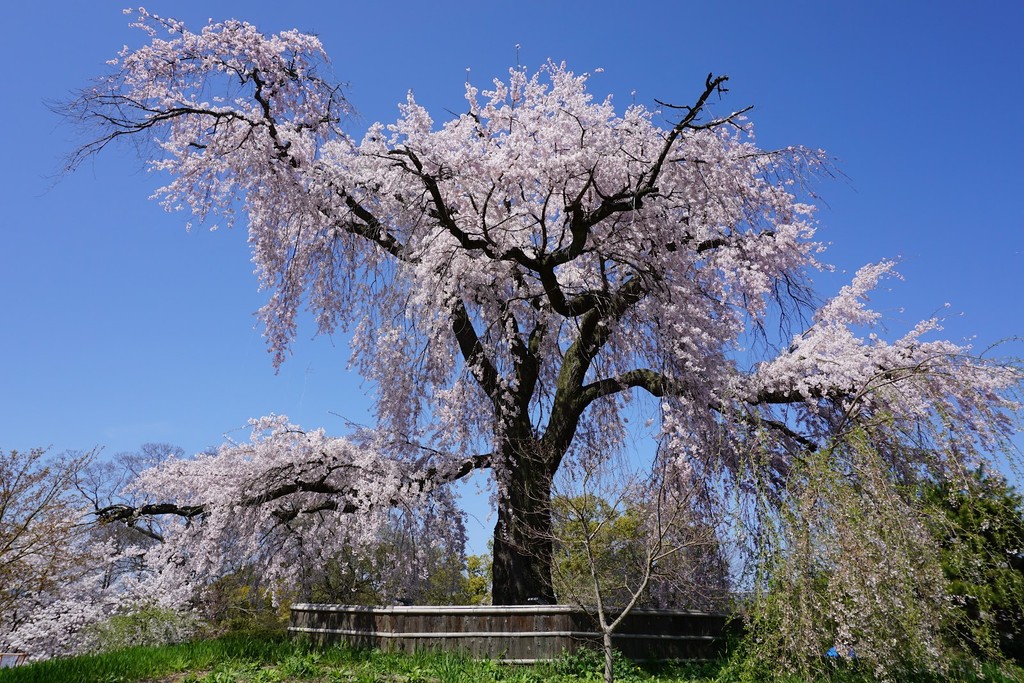
Maruyama Park (Source: Google Maps)
Maruyama Park, established in 1884, is Kyoto's oldest public park and a beloved destination for both locals and tourists. The park is especially famous for its cherry blossoms, which attract thousands of visitors each spring. The iconic weeping cherry tree, Shidarezakura, is a focal point during hanami (flower viewing) celebrations. The park's tranquil environment features walking paths, beautiful gardens, and a picturesque pond that enhances its natural beauty. Throughout the year, Maruyama Park hosts various cultural events, including traditional tea ceremonies and festivals, allowing visitors to engage with Kyoto's vibrant culture. It serves as an oasis of calm amidst the city's hustle and bustle, making it a perfect spot for relaxation.
Chion-in Temple
Explore Chion-in Temple, the head temple of the Jodo sect of Japanese Buddhism, featuring impressive architecture and a massive bell.
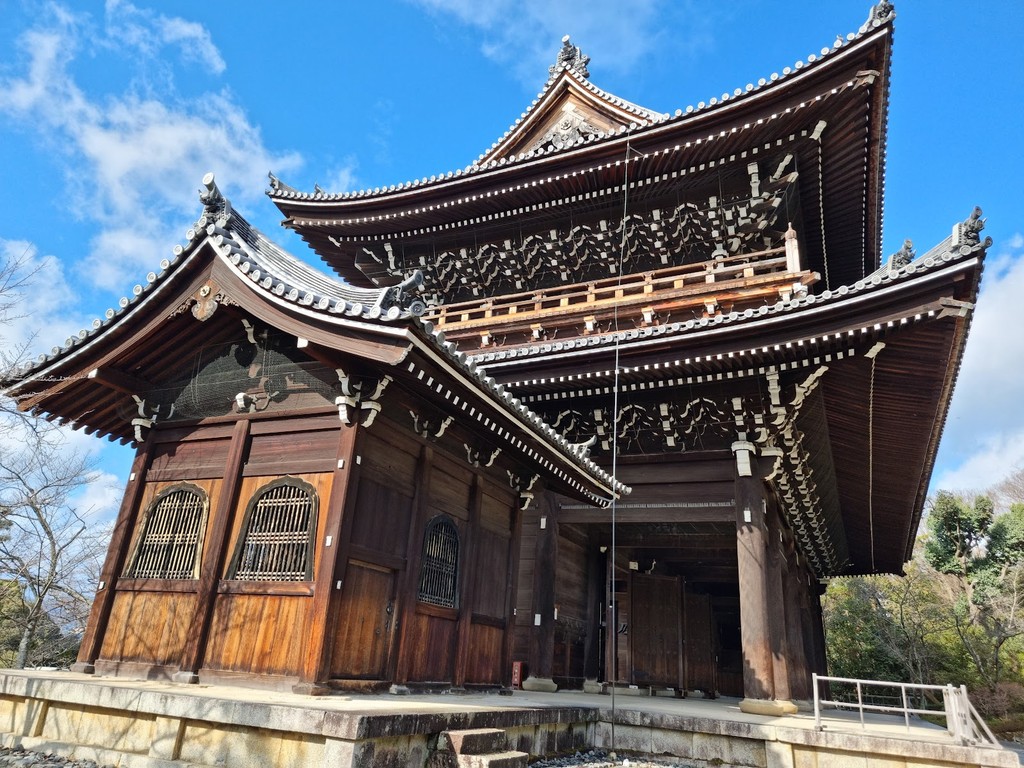
Chion-in Temple (Source: Google Maps)
Chion-in Temple is the head temple of the Jodo sect of Japanese Buddhism, established in the 12th century. Its grand entrance, the Sanmon gate, is one of the largest of its kind in Japan, showcasing impressive wooden architecture. The temple complex features several significant buildings, including the main hall, which houses a massive bell weighing over 70 tons, known for its deep, resonant sound. The temple's beautiful gardens and serene atmosphere provide a perfect setting for reflection and meditation. Chion-in is also known for its annual ceremonies, attracting pilgrims and visitors alike. The temple represents a vital part of Kyoto's spiritual landscape, illustrating the beauty and significance of Japanese Buddhist traditions.
Shoren-in Temple
Visit the peaceful Shoren-in Temple, known for its elegant gardens and historical significance as a former residence of the imperial family.
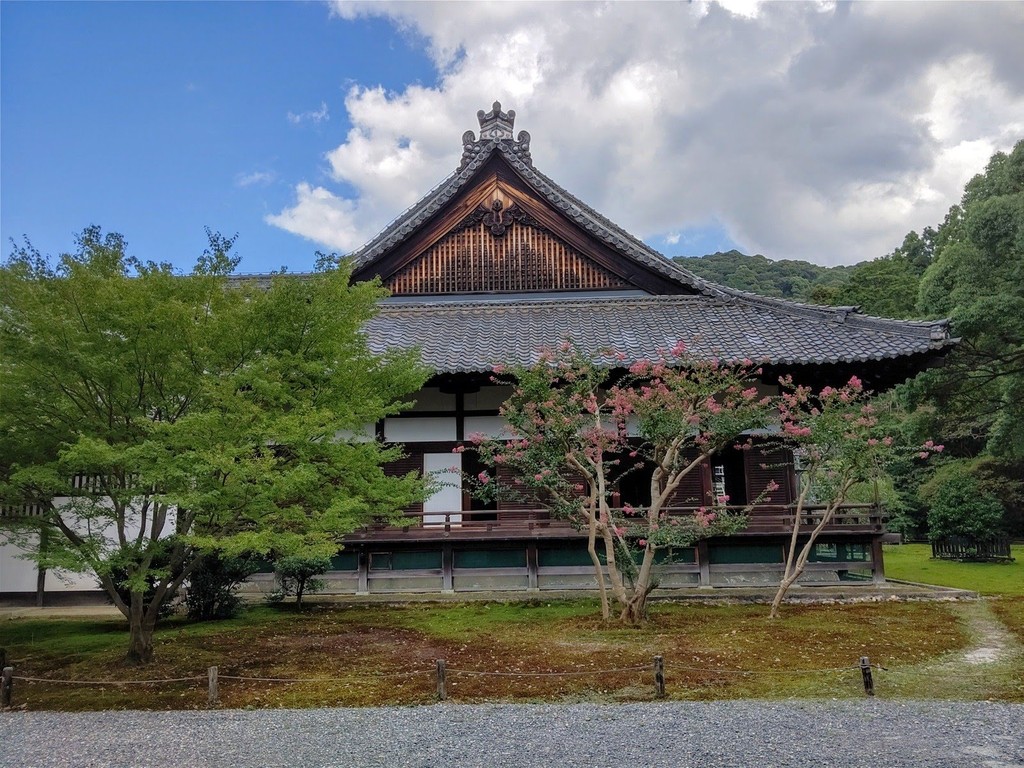
Shoren-in Temple (Source: Google Maps)
Shoren-in Temple, a significant site in Kyoto, was once a residence for the imperial family and is renowned for its stunning gardens and tranquil atmosphere. The temple, established in the 8th century, is part of the Tendai sect of Buddhism. Its main hall features beautiful sliding doors with intricate paintings depicting seasonal landscapes. The gardens are meticulously designed, showcasing traditional Japanese landscaping techniques, with ponds, lanterns, and a variety of flora that change with the seasons. Visitors can enjoy the peaceful surroundings and participate in traditional tea ceremonies. Shoren-in Temple is a serene retreat, offering insights into Japan's spiritual heritage and the elegance of its garden design.
Nanzen-ji Temple
Conclude your tour at Nanzen-ji Temple, a large Zen Buddhist temple complex with beautiful gardens and a historic aqueduct, offering insight into Kyoto's spiritual heritage.
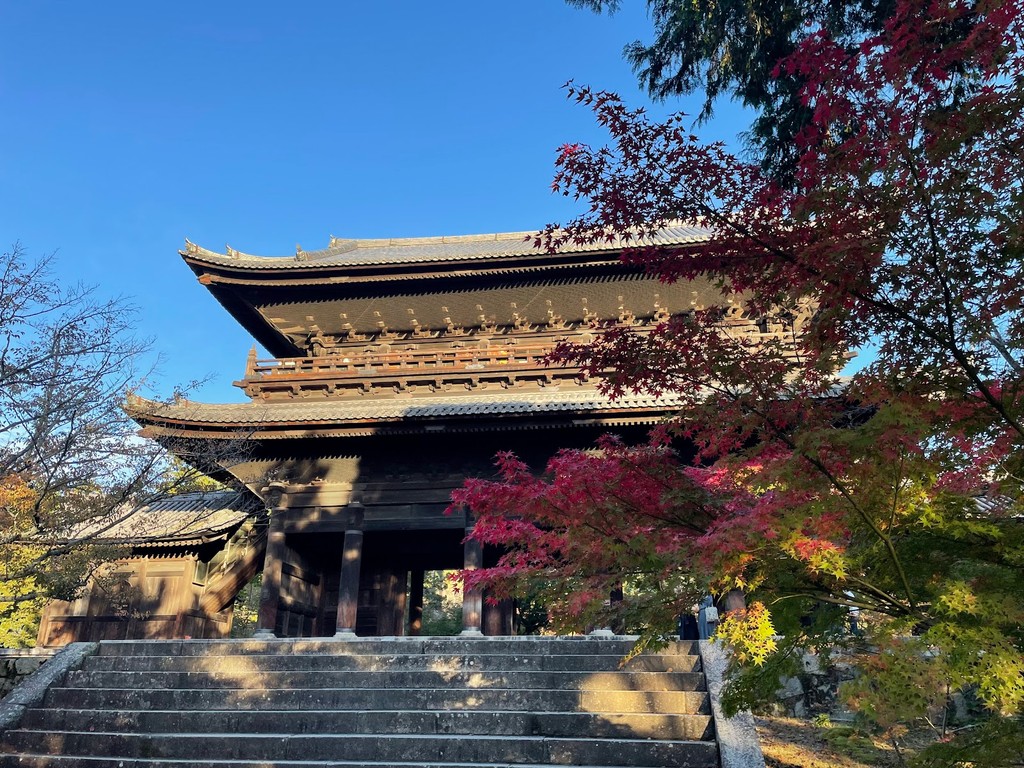
Nanzen-ji Temple (Source: Google Maps)
Nanzen-ji Temple is a prominent Zen Buddhist temple complex founded in the 13th century, known for its impressive architecture and serene gardens. The main gate, Sanmon, is a stunning structure that offers panoramic views of the surrounding area. The temple's layout includes several sub-temples, each with unique features, such as rock gardens and ancient trees. The aqueduct, a historic structure built in the 19th century, runs through the temple grounds, adding to its charm and significance. Nanzen-ji is a center for Zen practice and philosophy, attracting practitioners and tourists alike. The temple complex provides a peaceful retreat, allowing visitors to experience the tranquility and spiritual depth of Kyoto's Zen traditions.

Your travels, your rules.
Create your own Free Walking Tours.
Set your preferences, distances and anything you want to do or see.
Completely free, no payment required.